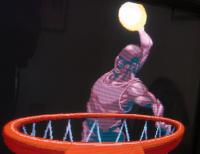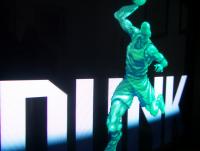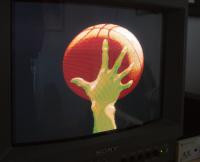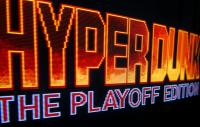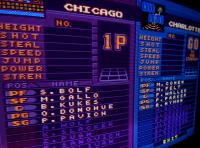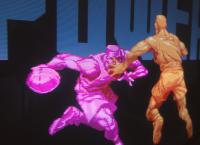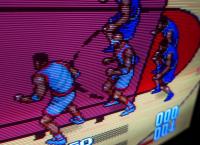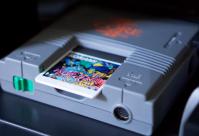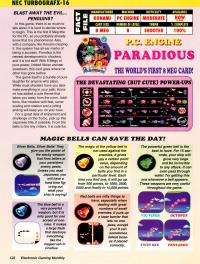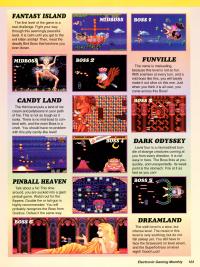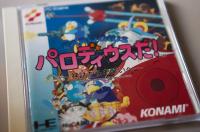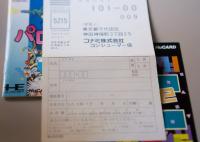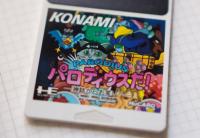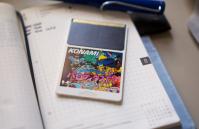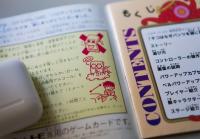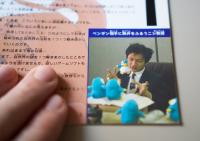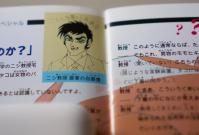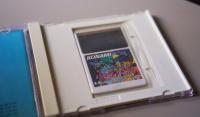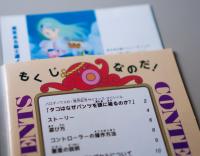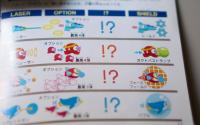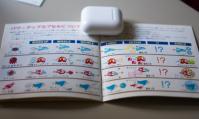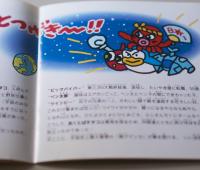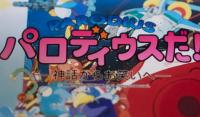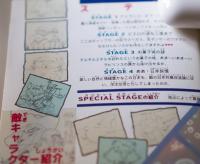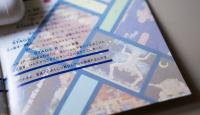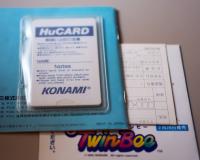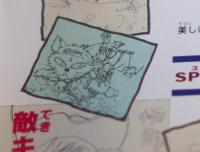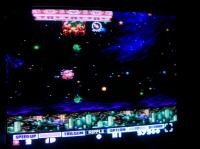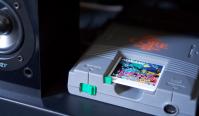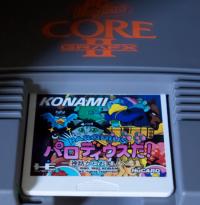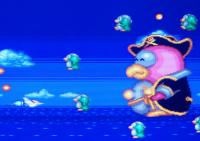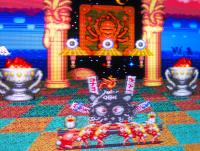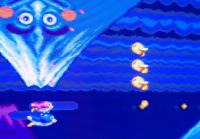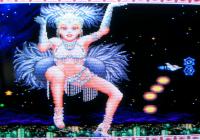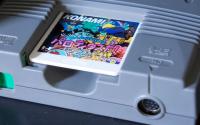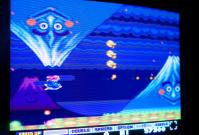Konami branched off and moved away from near-Nintendo exclusivity in the early 90s, which meant we saw an expansion of content on MD, PCE, and the X68000.
For whatever reason, I’ve decided the round out the Konami portion of my MD collection by picking up a few new titles. First on my list to discuss is their 1994 sports game, HyperDunk / Double Dribble The Playoff Edition, which was the sequel/remake of their 1980s arcade game.
If Sega Retro’s release dates are accurate, in North America, this game would have been released after the 16-bit NBA Jam home ports but before EA’s NBA Live ‘95. That’s important because Double Dribble was obviously an attempt by Konami to cash in on the sports hungry owner base of Sega’s machine, but their timing could not have been worse. I don’t have any way of verifying sales figures, but I can’t imagine an arcade-style five on five basketball game with no licensing stood a chance on the market against the fully licensed arcade hit NBA Jam, and the fully licensed simulation, NBA Live (which did sell a boat load and topped the 1994 charts). The only real selling point was that this game was one of the very few to offer eight player simultaneous functionality (which would require two four player adapters).
Even by Konami’s own standards at the time, which would have seen the release of their very nice looking arcade game Run and Gun, and the release of the watered down but still technically cool SFC port, Give N Go (which is actually licensed!), this game is a bit of a dud. Which is a shame because the window of release for Konami games on the MD was incredibly short and lasted only a couple of years. Hyper Dribble is not a bad game, and at 2MB, it was double the size of games like Castlevania/Vampire Killer, Rocket Knight, and TMNT - some of which could have benefited from more ROM space.
The game itself is not much more than a slightly revamped version of the 8-bit and arcade classics. The game has no trouble throwing around 10 large sprites with little to now slowdown, good raster effects, and some varied and crunchy voice samples, but I would not pick it over NBA Jam, or Live. It’s very competent and average, but no kid would have asked for this over the competition in 1994, which likely makes it one of the rarest Genesis/MD games (though it isn’t priced that way).
In terms of presentation, this is where the game is the most interesting. Putting aside the weird animations (no shot looks like a proper jump shot, nothing looks like a real dunk - everything looks like layups), you get a very fast five on five game with some brutal AI. In between these matchups is one of the most interesting OSTs on the MD.
There are at least two songs on this OST that are clear rip-offs of real music. Check out track 8 and track 6 which are clear rip-offs of Wanna Be Startin’ Somethin’ and Boom! There She Was, respectfully. The balls on Konami…
To go along with this rambling are some pics of the game in action on a Sony PVM as well as shots of the MD Japan packaging. I honestly can’t believe this game was given a Japanese release, but the MD scene was pretty hardcore in Japan and maybe there was a big enough market - but it’s still an incredible strange choice considering games like Snatcher only got a North American release (but I suppose the PCE version of that saturated that potential market completely).
Pay attention to that wonderful Tom Dubois box art, which was used worldwide, which was also unusual for the time, as Konami ALWAYS had separate art for their domestic and international releases on the MD. While Dubois designed Rocket Knight, the art was slightly retooled for the JPN release - but not for Dribble - it’s exactly the same.
Gradius demands perfection. If you've ever played it, you quickly realize that dying even once after level one is virtually a game over (man), as the game almost requires full options, a few speed boosts, the laser, and a shield for some insurance. Ideally, one should be able to complete a Gradius game with one ship - anything else feels like failure as you can try to muddle your way through it with continues, but its just not fun anymore.
The fun of the game is attaining as many upgrades as possible and being good enough to hold on to them at any cost and achieve a perfect run. You must remain an industrial god like force. Have I ever done this in any Gradius game?
Of course not.
I’d never even played a Gradius until emulation became a thing and Parodius was my introduction to the series via old issue of EGM (which I will attach pages from courtesy of RetroMags). The memory of these images in my mind are far more impressive than what we're actually looking at, but from the perspective of early nineties gaming, you can still appreciate how great this game looked. If you bother to read the copy, you learn what is most important to the ancient gamer; low flicker, NO slowdown, and 8 MEGA(bit) POWER - which also meant this was the largest PC Engine HuCard at the time in early 1992 at 1MB, or as they say here, “The World’s First 8 Meg Card”. Quite the achievement.

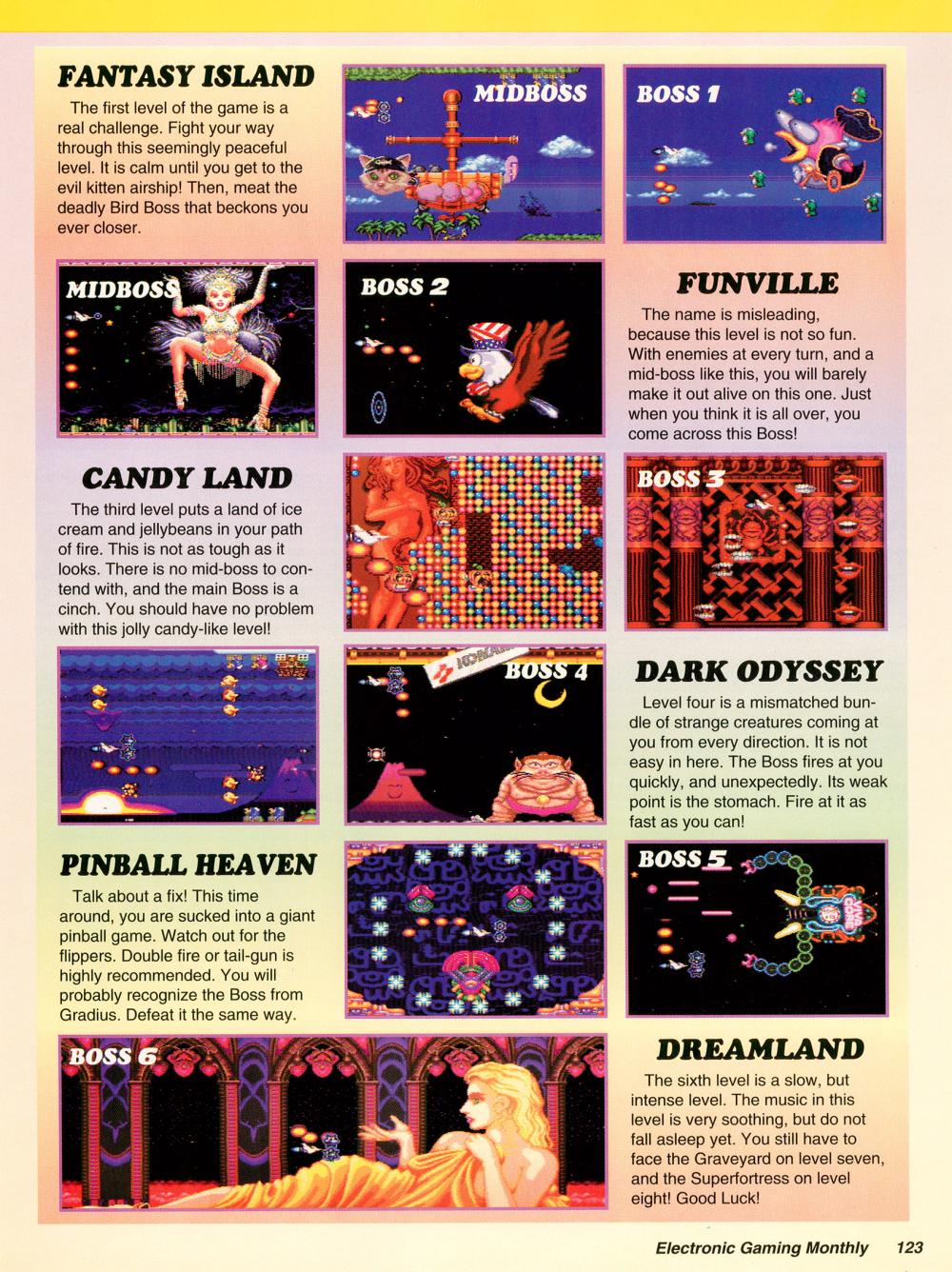
These were wow-worthy screens and for any game to get the two-page treatment by EGM meant it was good. I always appreciated EGM’s ability to show off large bosses by stitching multiple screens together (quite well in the pre-direct screen shot era). Also unique to Parodius were the number of saucy images of scantily clad women...
Being without a PC Engine, being a kid, being broke, and having no ability to convince anyone to import me this game, I would never get to play it contemporarily. Even a rental was out of the question as Konami has never released a Parodius game in North America (Europe got them for some reason).
It took another eight or so years until I actually played it via the Magic Engine emulator, which was a paid application, but you could get around strict time limits by just using abusing save states to reset the five minute time limit. In fact, once I learned of PCE emulation, this was the very first game I fired up. Thankfully it lived up to its promise of this EGM spread years prior. The other benefit of emulation was that I was immediately able to sample the SFC and arcade versions via ZSNES and MAME. While the PCE didn’t look as good as the SFC game, it sure did perform much better which much less slowdown.
Although this was a great HuCard, It was not as well executed as the subsequent Gradius II port on the PCE CD released the next year (it solved the scrolling issues by finding.a way to marry the menu on top of the screen instead of windowing it, included all levels, and added an excellent bonus level), but it remains a very impressive port that took advantage of what made the PCE stand out at the time, rich colours, good sprite processing, little slowdown.
Enjoy these packaging shots, system shots, and PVM scan line pics.
